In the past two days, due to preparation work, I have watched many lighting works from domestic and foreign lighting festivals and art installations. I have spent some time analyzing some excellent works from my foreign counterparts in terms of creative techniques, hoping to attract more attention.

▲ Photographer: Chu Yucheng
The earliest artistic creation originated from people's demand for "sacrifices" and witchcraft activities, so it was initially a human act of worshipping nature. People so revered the power of nature that they constantly imitated the hands of nature to create products that combined with their own brain. American poet and philosopher Emerson once said, "The secret to adapting to the rhythm of nature is patience." Observing the germination and blooming of a flower, waiting for a drop of rain to fall, listening to the sound of the wind, and capturing these natural fragments is the result of the first level of thinking in creating artistic lighting works, which I call:
The Power of 'Love and Touching'
Strictly speaking, this creative technique does not require excessive brainstorming. Many famous works attract attention for two reasons: firstly, the artist must have a strong ability to summarize and summarize, and his works must meet the aesthetic expectations of most people; Secondly, the creator must have a strong artistic cultivation and know how to find details to showcase the qualities of beauty. It should be noted that neither of these qualities is a unique ability of individuals who have received professional art training. The former is an experience that can be acquired even though it is a natural talent, while the latter often comes from instantaneous "touching" or "love" for things of daily interest.
From the perspective of creative techniques, it can be summarized into the following two types:
1、 Simulation of the original state of natural existence
Simulation of plant morphology:

▲Aspire by Warren Langley
Artist Warren Langley's set of lighting sculptures successfully transformed the previously dull and dangerous bridge bottom space into an interesting nighttime activity venue, with the bionic appearance of trees giving this space a "cute" temperament. And the works created by Barry Underwood in the following groups have a sense of loneliness due to their more precise refinement of appearance and control of the scene.
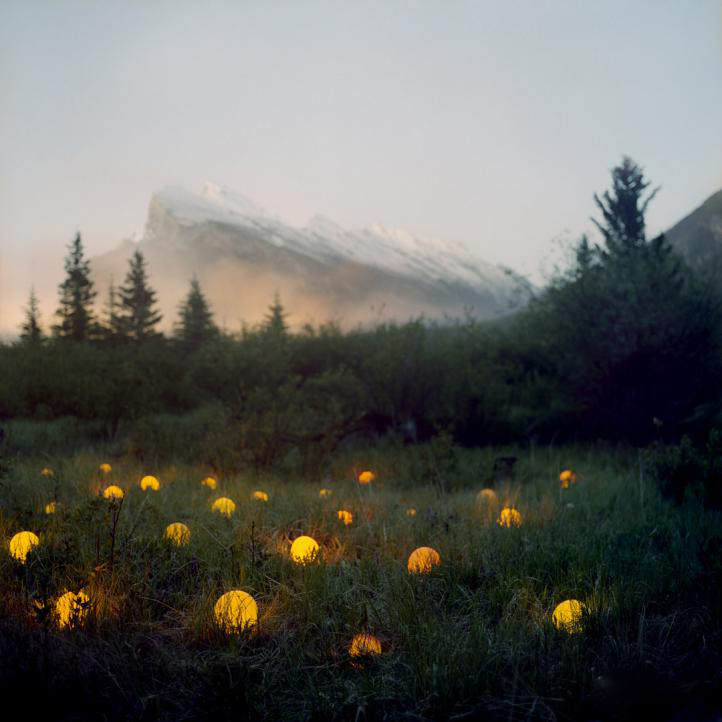
▲Orange by Barry Underwood

▲By Barry Underwood

▲By Lichtlauf GmbH
Simulation of animal morphology:
In general, the simulation of a single animal form is difficult to have a great sense of beauty, so the expression of animals in group scenes is better than that of individual animals. Although individual animals have beautiful postures, it is difficult to define the boundary between art works and children's furniture in the creative results, thereby reducing the artistic value of the works. The firefly scene and the scene of birds resonating in the following picture illustrate this point. I hope that when developing this type of product, manufacturers can consider more possibilities, multiple combinations, and avoid the monotony and lack of rhythm of a single variety.

▲by Taeg Nishimoto
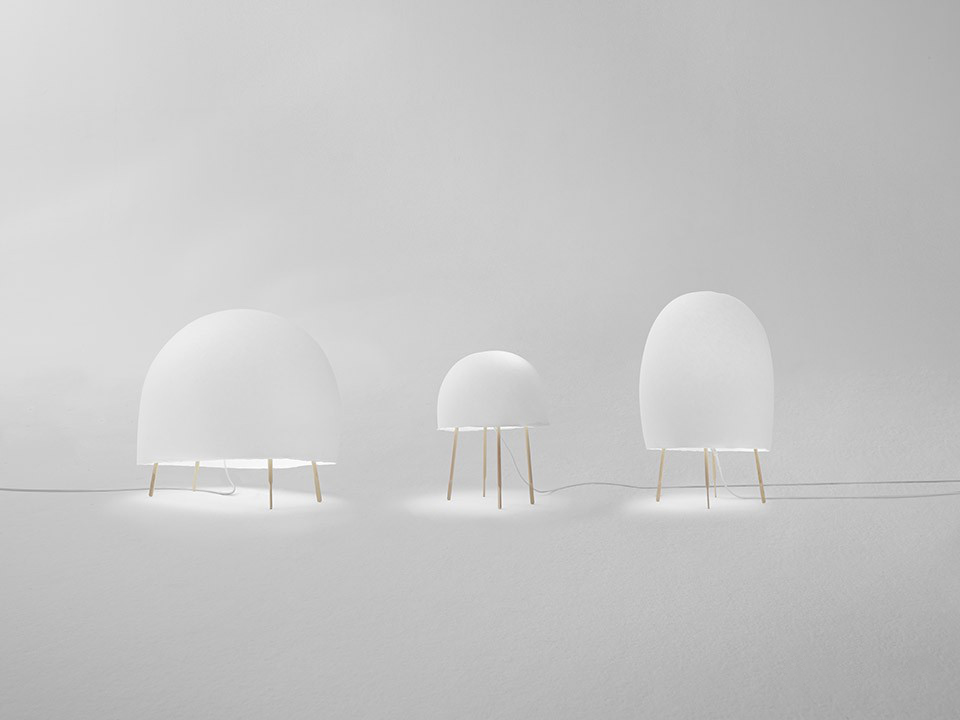
▲ Jellyfish paper lamp by Luca Nichetto for Foscarini
The secret of this creative technique lies in how to extract the beautiful shapes of animals and plants with extreme refinement, and in the production process, it is extremely exquisite, so that the audience will not be hindered by the rough appearance and exposed threads, which hinder the smooth aesthetic feeling. Although the technique is easy to use, please use it with caution after evaluating your own production level.
Simulation of natural objects:
Sometimes a work that takes ten years to carve and refine is not as exciting as a work that is completed in a day due to instantaneous emotion. The extraction of natural objects is often based on genuine emotion, such as this set of simulations of the moon. How romantic it would be to catch the moon and sleep with you! Humans are always prone to becoming obsessed with things that cannot be easily obtained, making this impossible scene deadly attractive.

▲“Private Moon” by Leonid Tishkov
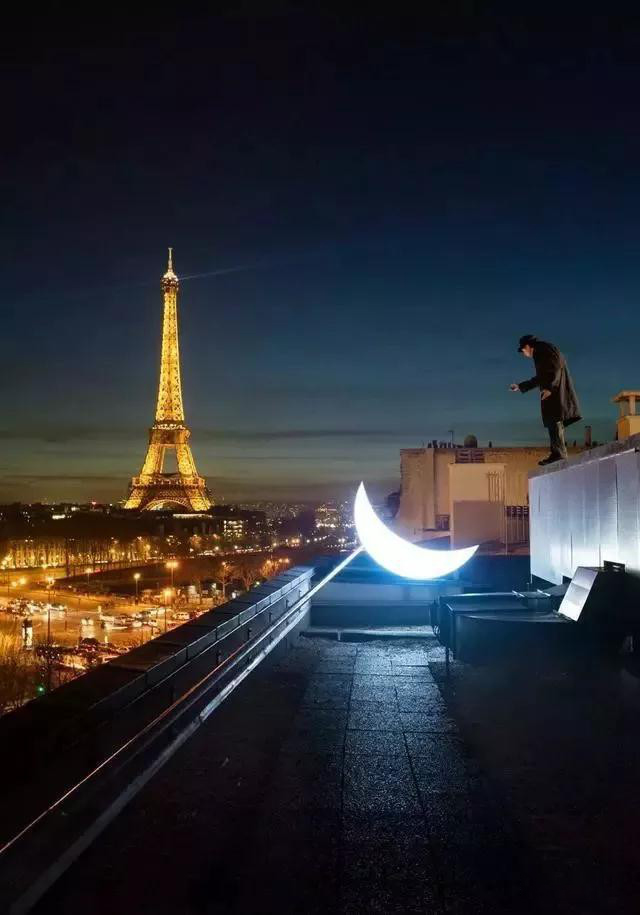
▲“Private Moon” by Leonid Tishkov
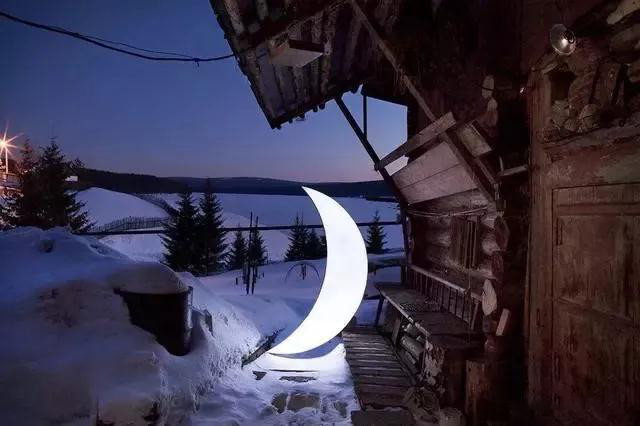
▲“Private Moon” by Leonid Tishkov

▲ House of Cards by OGE
For example, the "Milky Way" created by artist Dennis Parren, where the stars projected on the walls and the geometric rotation of the chandeliers create interesting imaginations.


Even a simple obsession with materials can lead to great works, such as the rolling grass lamp and seaweed lamp below.

▲ Rolling Grass Lamp by Jean Landry


▲ Seaweed Lamp by Nir Meiri
As an artistic lighting work for outdoor installations, it is necessary to consider the sense of place and ceremony. The first commonly used technique is to magnify the scale that is customary in visual perception, such as Luke Jerram's "Moon Museum". This set of works is a replica of NASA's model, and the large scale not only attracts visual attention, but also triggers human reflection on their own destiny.
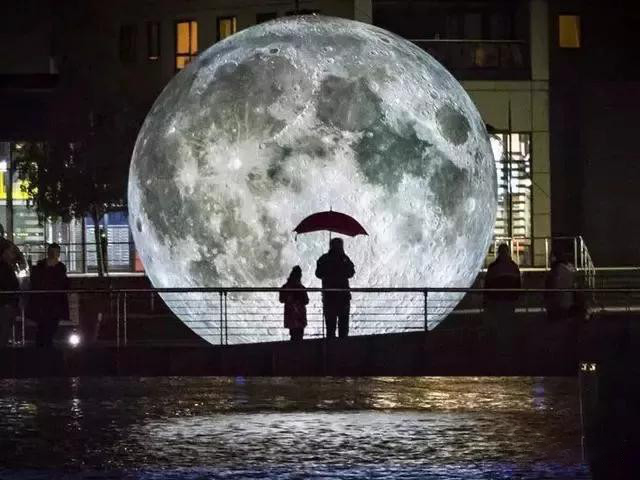
▲ "Moon Museum" by Luke Jerram

▲ "Moon Museum" by Luke Jerram
You can also use the momentum of quantity to intimidate the audience, such as eyeing the various lights and flowers in major commercial squares

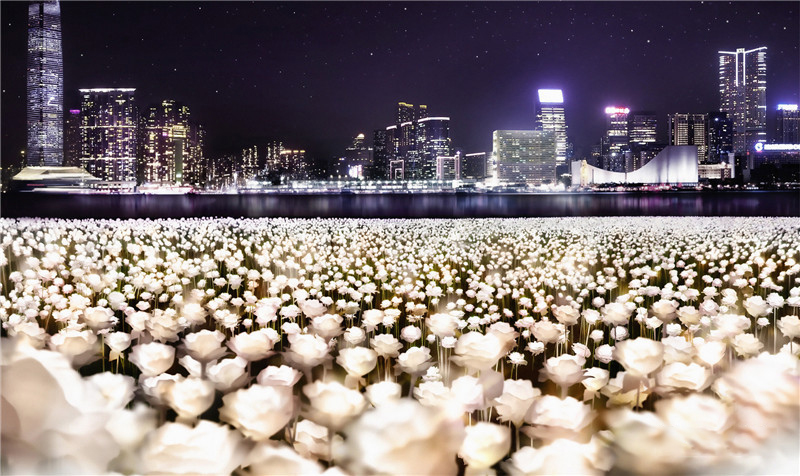
Of course, the large quantity does not necessarily mean that it is inadequate. Bruce Munro's series of works, such as the "Hillside Light Belt," have sparked people's thinking due to the stripping of primitive natural forms. In front of the illusory flowers scattered all over the mountains and fields, humans cannot help but realize their own insignificance.

▲ Hillside Light Band by Bruce Munro

▲ Hillside Light Band by Bruce Munro

▲ Light waterfall by Bruce Munro
Artist Guneriusen has created a series of works that use desk lamps as elements to cover the surface of tree skin, creating a collision between human industry and natural beauty through a beautiful form.



When defining a place, raising the height of the work is also a good way. To commemorate the victims of the port crash, artist Peter Powning created a "memory container". He used a ship with the characteristics of the place as the creative language, raising it to the height of a lighthouse, where light and form have a pun.
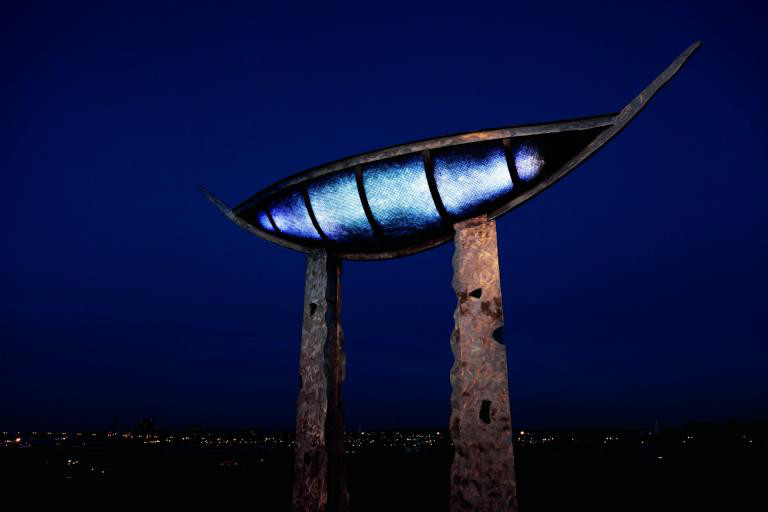
▲Image sourced from the internet